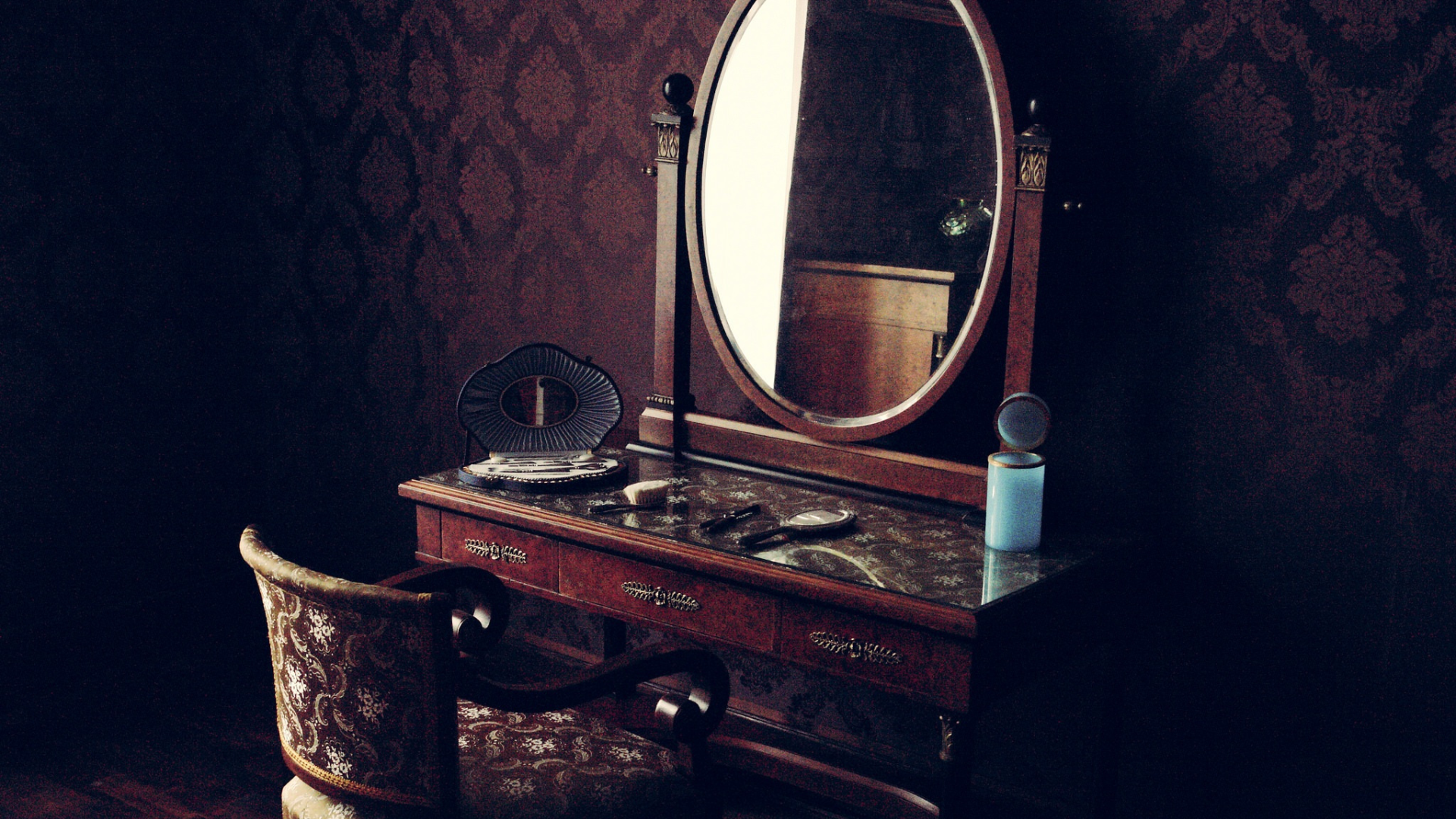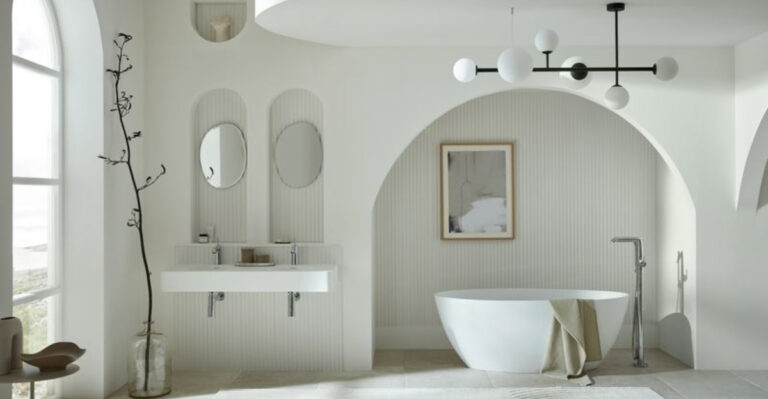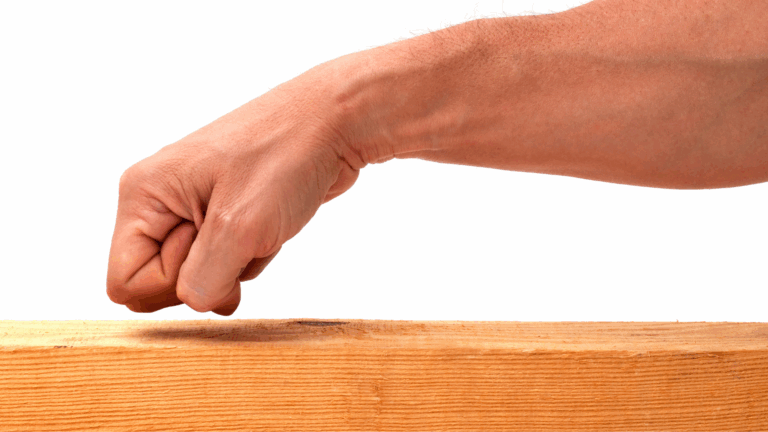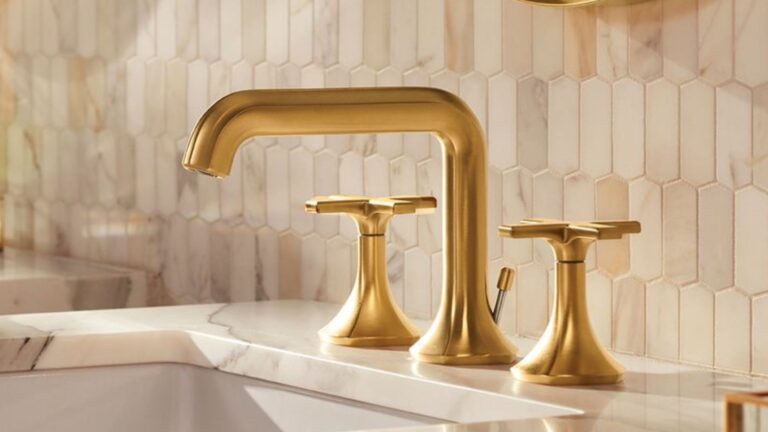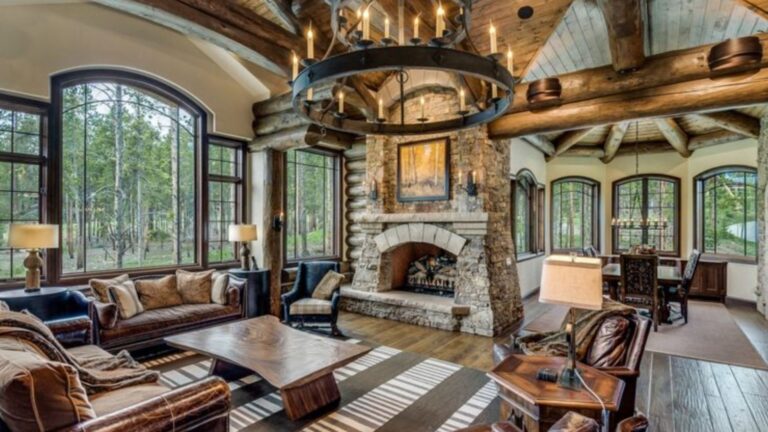How To Shop For Vintage Mirrors The Right Way, According To A Designer
Vintage mirrors can really add something special to a room with their unique charm and timeless appeal. The right one can instantly elevate the space, turning a simple wall into a focal point.
Whether you’re just starting to shop for vintage pieces or you’re already an experienced collector, it’s important to know what to look for.
Genuine vintage mirrors often have subtle differences that set them apart from modern reproductions. Taking the time to find that perfect piece can be worth it, adding character and a bit of history to your home in the process.
1. Know Your Terminology

Wandering through antique shops without knowing the lingo is like trying to speak French with a Spanish dictionary. Antique mirrors are over 100 years old, while vintage pieces fall between 20-100 years of age.
Each category carries different value and appeal. Reproduction mirrors might look old but were made recently to mimic historical styles. Smart shoppers learn these distinctions before opening their wallets!
2. Examine the Glass for Age Signs
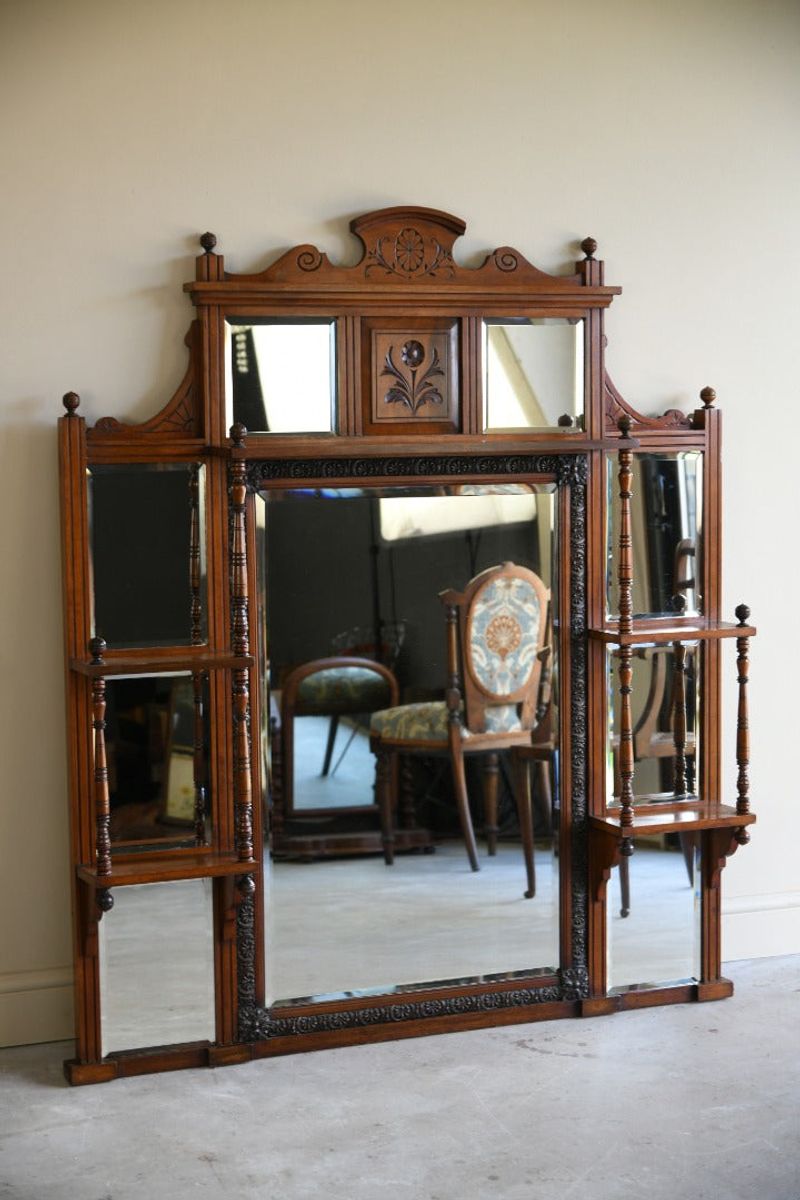
Old mirror glass tells stories through its imperfections. Authentic vintage mirrors often show slight waviness, tiny bubbles, or cloudy spots from decades of oxidation.
These aren’t flaws but verification stamps of genuine age! Modern reproductions have perfectly clear, uniform glass. Run your fingers gently across the surface.
Feel any irregularities? That slight dimpling or those subtle variations suggest you’ve found something special from another era.
3. Frame Detective Work
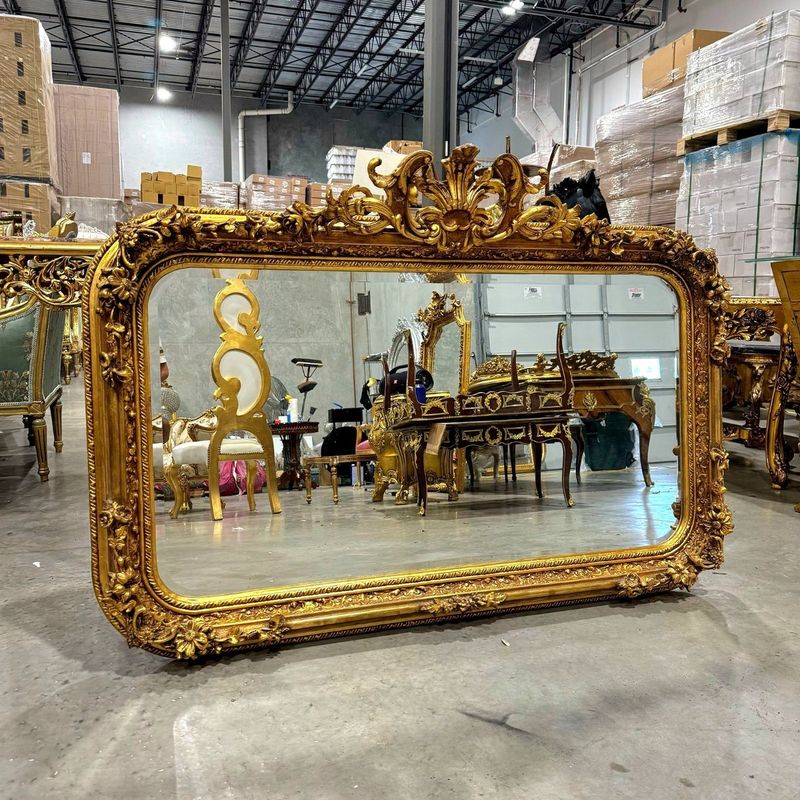
Frames speak volumes about a mirror’s authenticity. Natural aging produces darkening around edges, gentle patina development, and occasional chips that tell stories of its journey through time.
Machine-made frames show uniform patterns and perfect symmetry. Those tiny inconsistencies in hand-carved frames? They’re actually good news.
Look closely at corners where frames join together. Handcrafted pieces show slight variations in joinery that mass-produced items lack.
4. Flip It Over
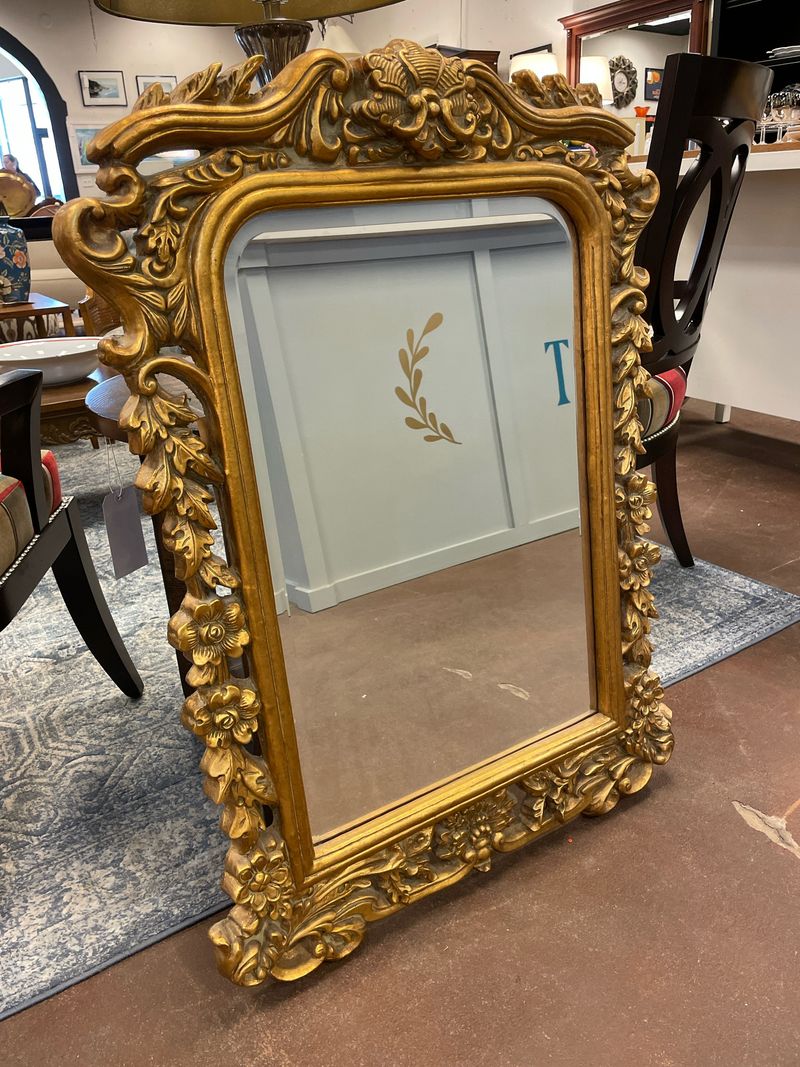
The back of a mirror reveals secrets the front keeps hidden. Authentic vintage pieces typically feature wooden backings that have aged alongside the frame.
Sometimes you’ll spot old newspaper clippings used as backing material, offering fascinating time capsules from decades past. Check the hardware too. Handmade or irregular screws suggest older craftsmanship.
Those perfectly uniform Phillips-head screws? Dead giveaway of modern manufacturing techniques. Original hanging wires often oxidize with distinctive patina.
5. Weight Matters

Lifting a mirror tells you more than you might think. Quality vintage pieces have substantial heft from solid materials and thicker glass.
That unexpected weight when you pick one up? It’s often a good sign. Modern mass-produced mirrors feel suspiciously light, with hollow frames and thinner glass.
Though not foolproof, the weight test helps spot quality pieces. Remember that some antique mirrors used mercury backing, making them especially heavy for their size.
6. Budget Boundaries

Setting your spending limits before shopping saves heartache later. Vintage mirror prices swing wildly based on age, condition, and style.
Ornate gilt frames from the 18th century might command thousands, while mid-century pieces remain relatively affordable. Flea markets and estate sales generally offer better deals than specialized antique shops.
Online marketplaces can surprise with bargains too. Remember to factor in restoration costs if your perfect mirror needs some TLC.
7. Story Seekers Get Better Mirrors

Mirrors with documented histories command higher prices but offer greater investment value. Ask sellers about provenance – fancy talk for where a piece came from and who owned it before.
Sometimes you’ll find maker’s marks or labels hidden on the back. These tiny signatures dramatically increase value and authenticity.
Take photos of any markings you find. Smart collectors bring a small flashlight to peek into dark corners where these treasures hide.
8. Function Follows Form
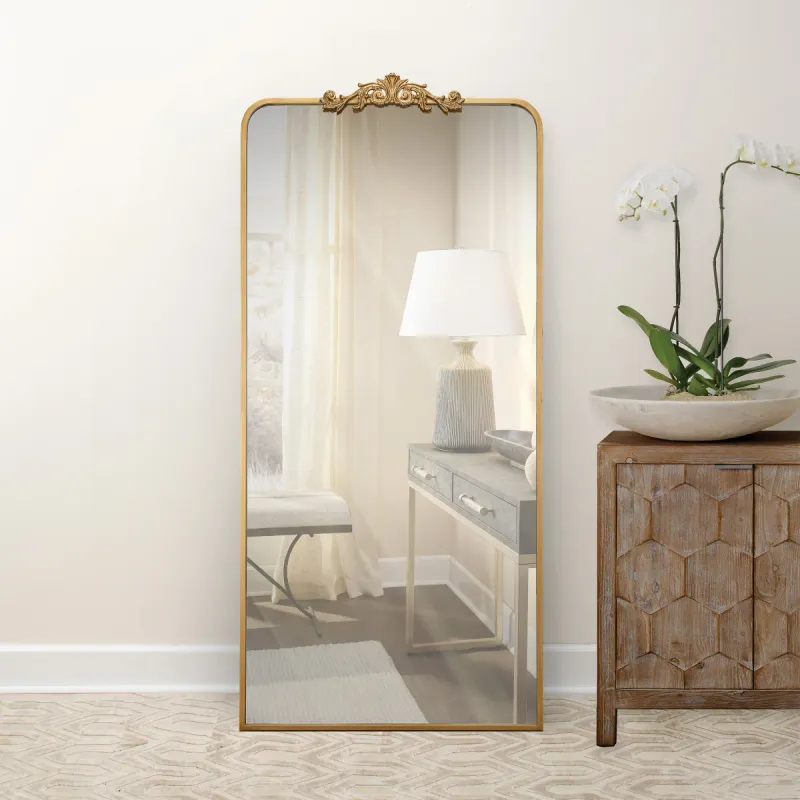
Beauty alone doesn’t justify buying a vintage mirror if you can’t actually see yourself in it. Inspect the reflection quality carefully.
Some aging is expected, but excessive spotting or darkening might require costly restoration. Where will you hang this mirror? Entryway mirrors need clear reflections for last-minute appearance checks.
Decorative pieces can tolerate more character flaws. Stability matters too. Wobbly frames or loose glass can become safety hazards in busy households.
9. Damage Control
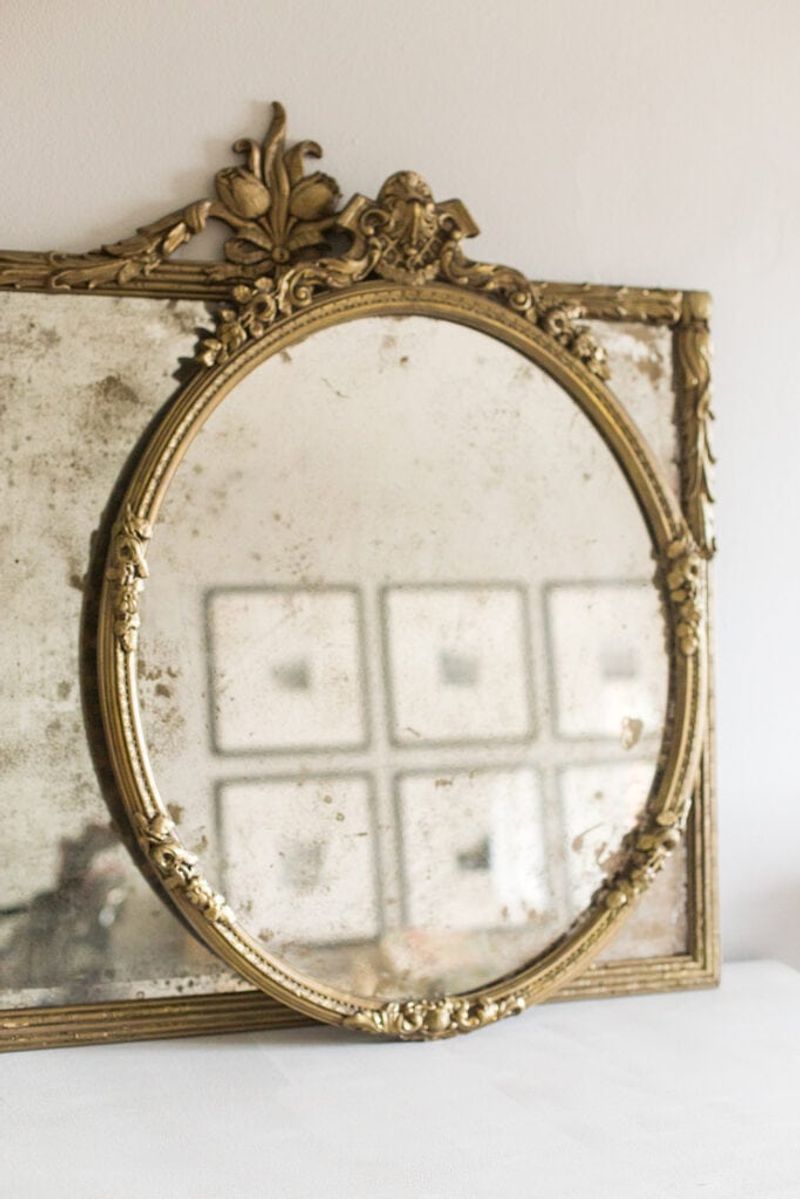
Some flaws add character while others spell trouble. Minor scratches, small chips on frame edges, and light spotting on glass generally don’t diminish value.
These battle scars tell stories of a well-loved piece. Watch out for structural issues though. Warped frames, large cracks in the glass, or extensive silvering loss might require professional restoration.
Wobbling when you touch the frame suggests loose joints that need attention. Always check if repairs will cost more than the mirror itself.
10. Style Detective

Recognizing mirror styles helps identify genuine articles from clever copies. Rococo mirrors feature elaborate carved frames with asymmetrical designs.
Victorian styles tend toward heavy, dark woods with ornate details. Art Deco pieces showcase geometric patterns and streamlined forms. Mid-century mirrors embrace clean lines and minimal decoration.
Books or quick internet searches before shopping arm you with style recognition skills. Even better, visit museums to train your eye on authentic period pieces.
11. Seller Reputation Checks
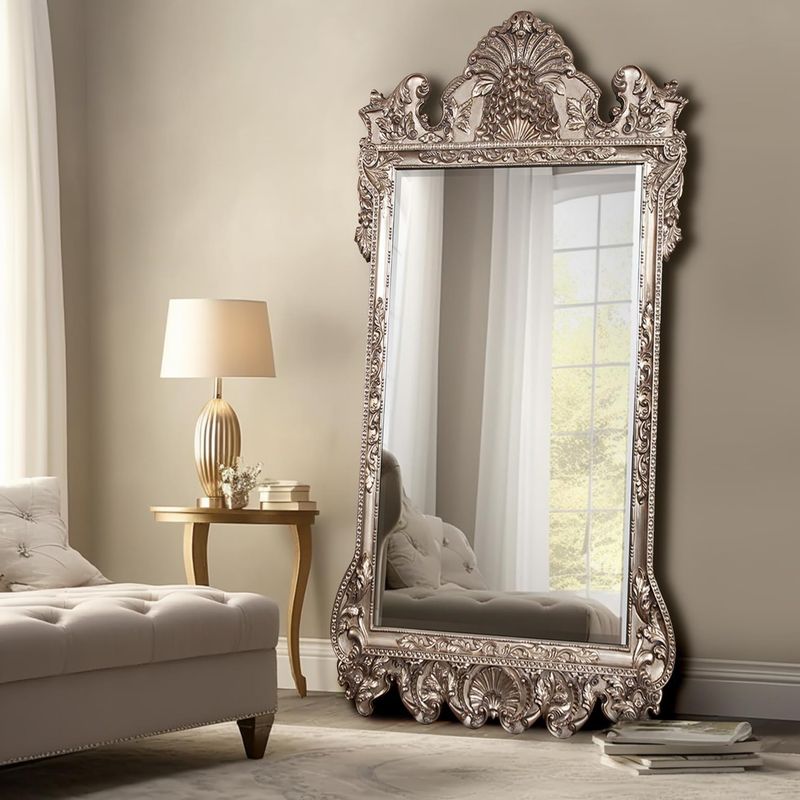
Where you buy matters almost as much as what you buy. Established dealers stake their reputation on authenticity, reducing your risk of purchasing clever fakes.
They often provide certificates of authenticity for significant pieces. Flea markets offer excitement and bargains but require sharper eyes for spotting treasures.
Online purchases? Always check seller ratings and ask for additional photos showing details. Never shy away from requesting more information about a piece that catches your eye.
12. Measure Twice, Buy Once

There’s nothing worse than finding the perfect mirror that won’t fit your space. Bring tape measures and note both the mirror dimensions and your wall space before shopping.
Remember to account for frame thickness too. Smart shoppers snap photos of potential spots at home. Scale matters tremendously with mirrors.
A piece that looked reasonably sized in a spacious showroom might overwhelm your cozy apartment. Consider how the mirror will interact with nearby furniture and lighting.
13. Location Planning
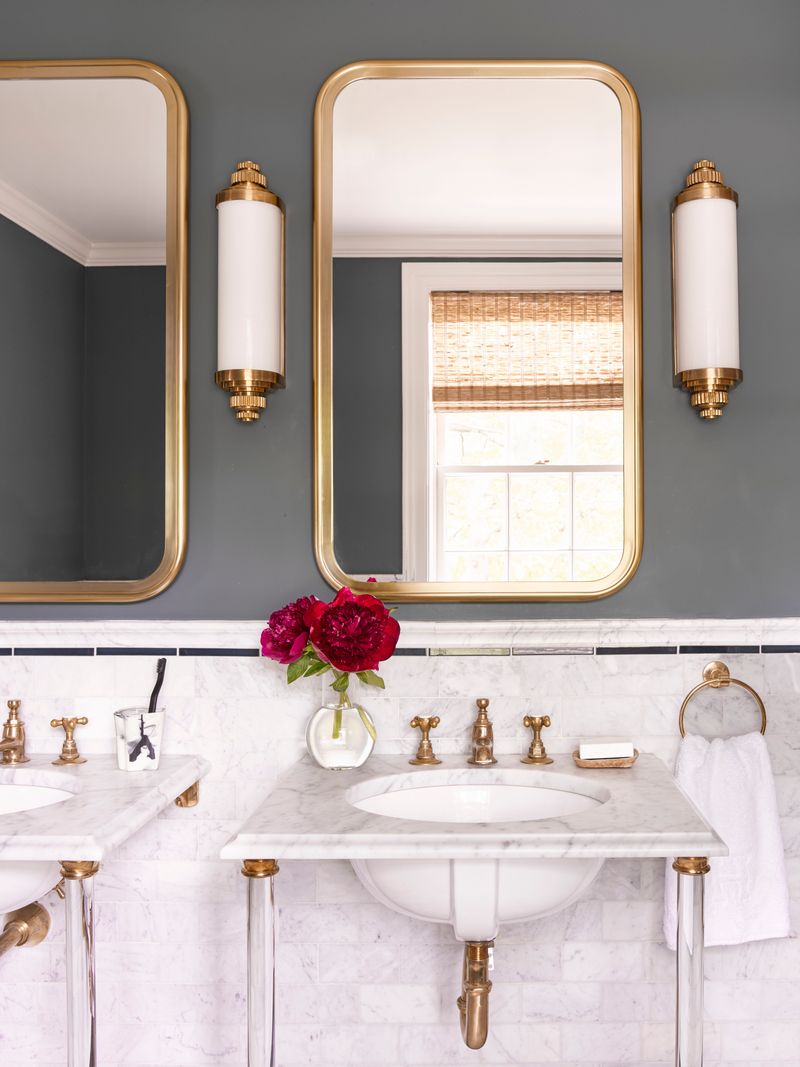
Where will your vintage beauty live? Bathroom mirrors face humidity challenges that can damage delicate frames. Hallway mirrors need secure mounting to withstand vibrations from foot traffic.
Sunlight exposure accelerates aging in antique mirrors. Direct rays can fade frame finishes and deteriorate backing materials.
North-facing walls offer gentler light that preserves your investment. Heavy mirrors require proper wall anchors, sometimes needing professional installation for safety.
14. Care Commitments
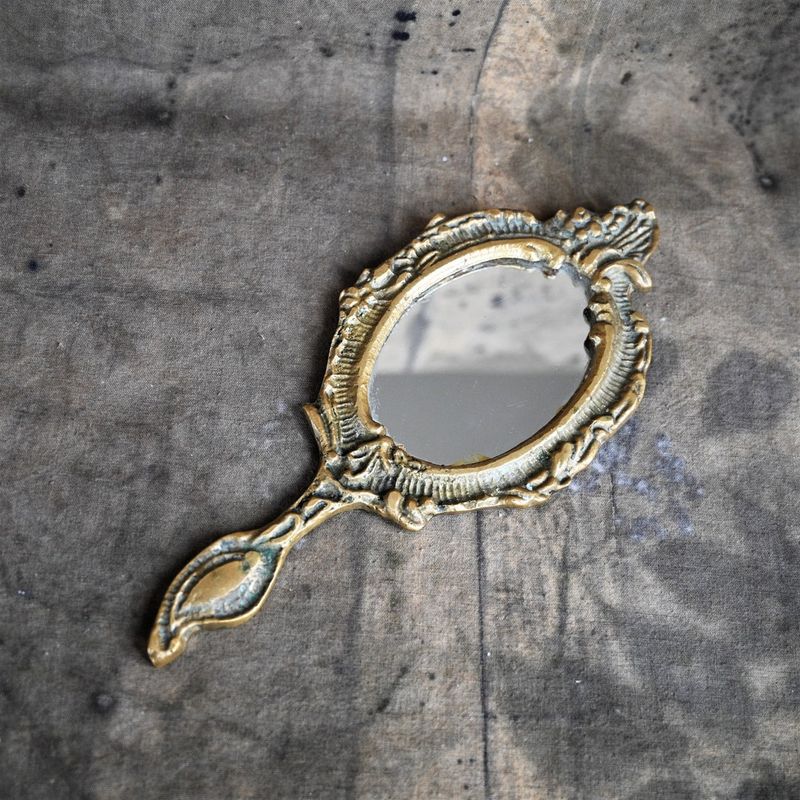
Vintage mirrors demand special treatment compared to modern alternatives. Traditional cleaning sprays contain ammonia that damages old silvering.
Instead, a soft cloth with minimal moisture works best for routine cleaning. Frame care varies by material. Wood frames benefit from occasional polishing with appropriate waxes.
Gilt frames require extra gentleness, as cleaning can remove fragile gold leaf. Some collectors use soft paintbrushes to remove dust from ornate details without scratching delicate surfaces.
15. Trust Your Gut
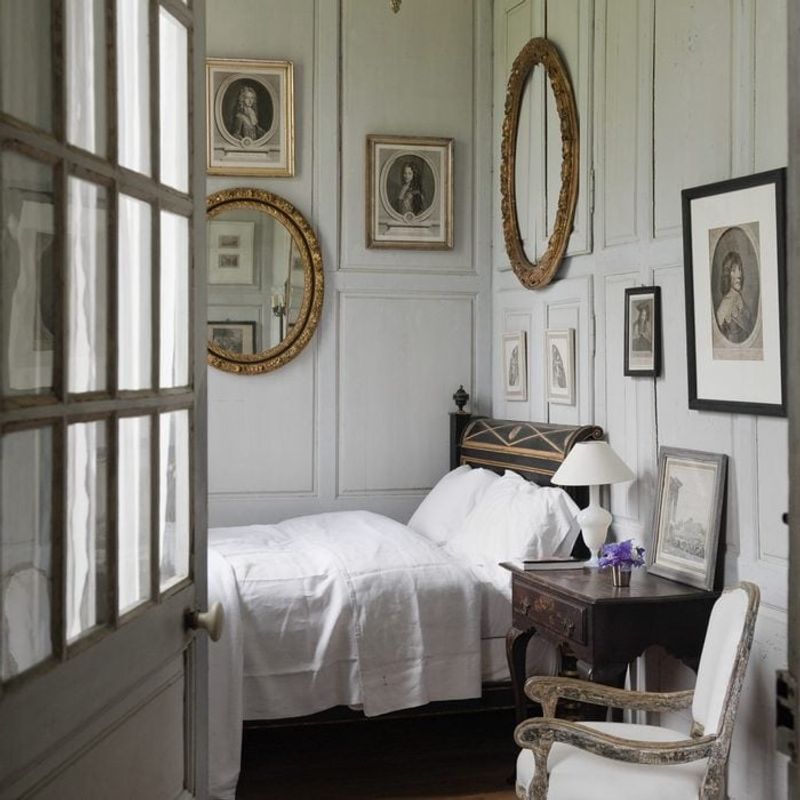
Sometimes the mirror that speaks to you breaks all the rules. If you feel an immediate connection with a piece, that emotional response matters.
The most cherished items in collections often have personal significance beyond market value. Collecting should bring joy, not stress. A slightly imperfect mirror with character might bring more happiness than a technically superior piece.
When deciding between similar options, close your eyes for a moment, then look again. Which one still draws your attention? That’s often your answer.

